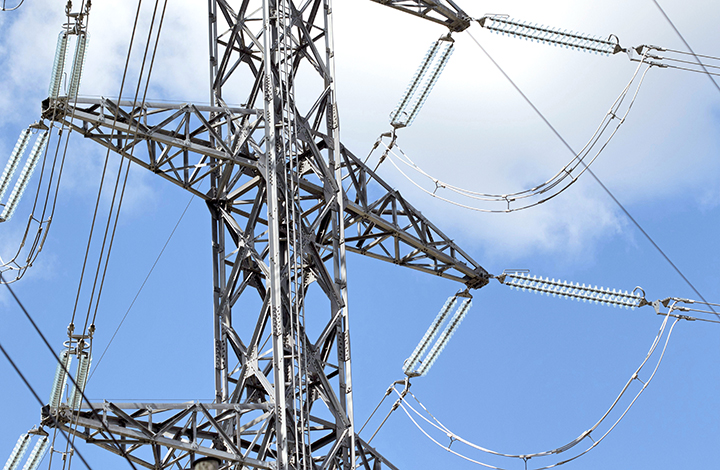Maintenance in substations and on power lines is demanding work that puts the skills of service providers’ personnel to the test, in terms of both competence and occupational safety. In a demanding work environment, competence and occupational safety go hand in hand. When professionals know what they are doing, the work is done with an assured approach and the right tools, resulting in safe work and a high-quality outcome. If an employee does not have adequate competences, there is a risk of maintenance measures being done wrongly and hidden faults remaining on the site.
Fingrid holds ISO 55001 asset management certification, which requires it to verify the qualifications of service providers and their personnel for the intended duties.
“We began using a qualification procedure for substation maintenance in 2015. This has proven to be a good practice, and we hope it will become more widespread in our sector. We all have an interest in ensuring competence and occupational safety,” says Timo Heiskanen, Fingrid’s Substation Maintenance Manager.
Heiskanen believes that, in the future, qualification could be a procedure similar to the occupational safety, hot work or first aid card, and it could be used to verify the qualifications of service providers’ employees.
“We have begun using a qualification procedure and tests for power line maintenance this spring. The qualification for power line inspectors – the inspector licence – has been in use for several years, and it will now be joined by other qualifications entitling people to perform maintenance work,” says Mikko Jalonen, Manager responsible for the maintenance of Fingrid’s power lines.
Two levels of competence under assessment
The competences of service providers are verified at company level and on a personal level. The company’s ability to discharge maintenance work can be demonstrated by carefully prepared, high-quality work instructions and plans. Various module tests incorporated in the qualification procedure ensure that every person involved in work has sufficient professional qualifications and an understanding of occupational safety matters when they work in demanding environments.
So far, approximately 200 people have completed the module tests included in Fingrid’s qualification procedure. There are 30 different modules for completion, and a total of approximately 500 questions. The modules are valid for three years at a time, generally for the term of one basic maintenance contract. It may be necessary to update the module test if Fingrid sets new requirements for the task or the employee’s competence is found to be inadequate.
Occupational safety plays a major part in qualification
“The starting point for beginning work is the online occupational safety E-school. which verifies the employee’s basic competences in occupational safety matters. Occupational safety also plays a major part in the module tests included in the qualification procedure, either directly or indirectly,” Heiskanen says.
“Alongside the qualification procedure, employees working on power lines must conduct skills test of safe pylon work, the use of safety equipment, additional earthing for work, helping an injured person down and climbing up wooden poles,” Jalonen adds.
Tampere practical training area enables many types of activity
Fingrid has qualification procedures in use for the maintenance of substations and power lines, as well as for the maintenance of the HVDC power connections going to Sweden and Estonia.
Fingrid has gradually outsourced the arrangement of module tests for qualification to the Tampere Adult Education Centre (TAKK), and it will work increasingly closely with TAKK in the future. A new TAKK learning environment, currently under construction on the Nirva campus in Tampere and due for completion next year, will enable practical exercises to be conducted on substation and power line maintenance in a safe de-energized training environment without live electricity.
“The aim of TAKK’s learning environment project is to create an open training platform for network owners and contractors in the network sector which will also benefit students of vocational institutions. The learning environment will increase the attractiveness of the sector among students when it becomes possible to learn about the maintenance practices for substations and power lines in a training environment that feels genuine,” Heiskanen says.
“The Tampere training area will also offer the opportunity to conduct the competence demonstrations required for working on power lines, as well as to practise the work itself,” Jalonen says.






